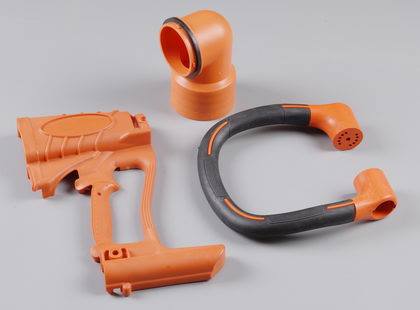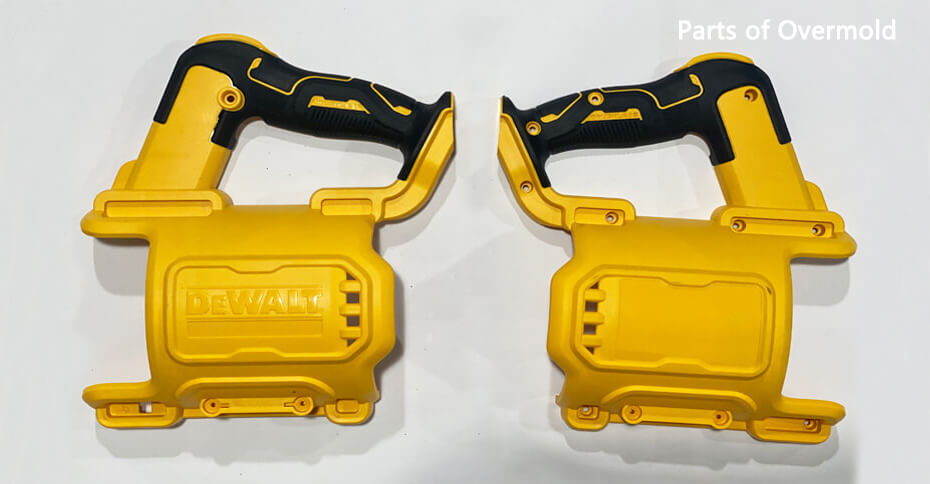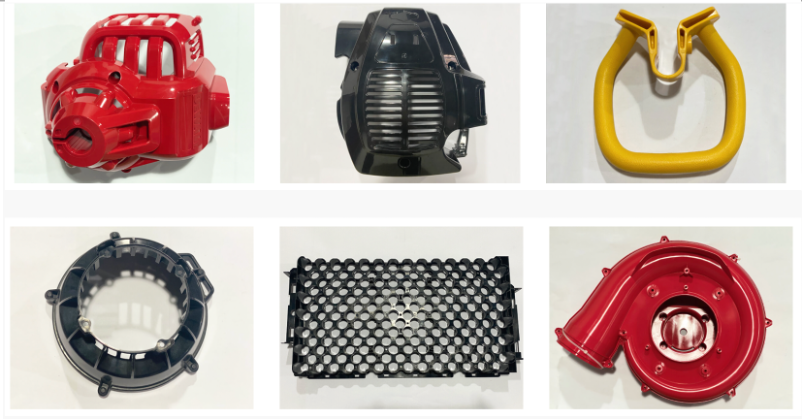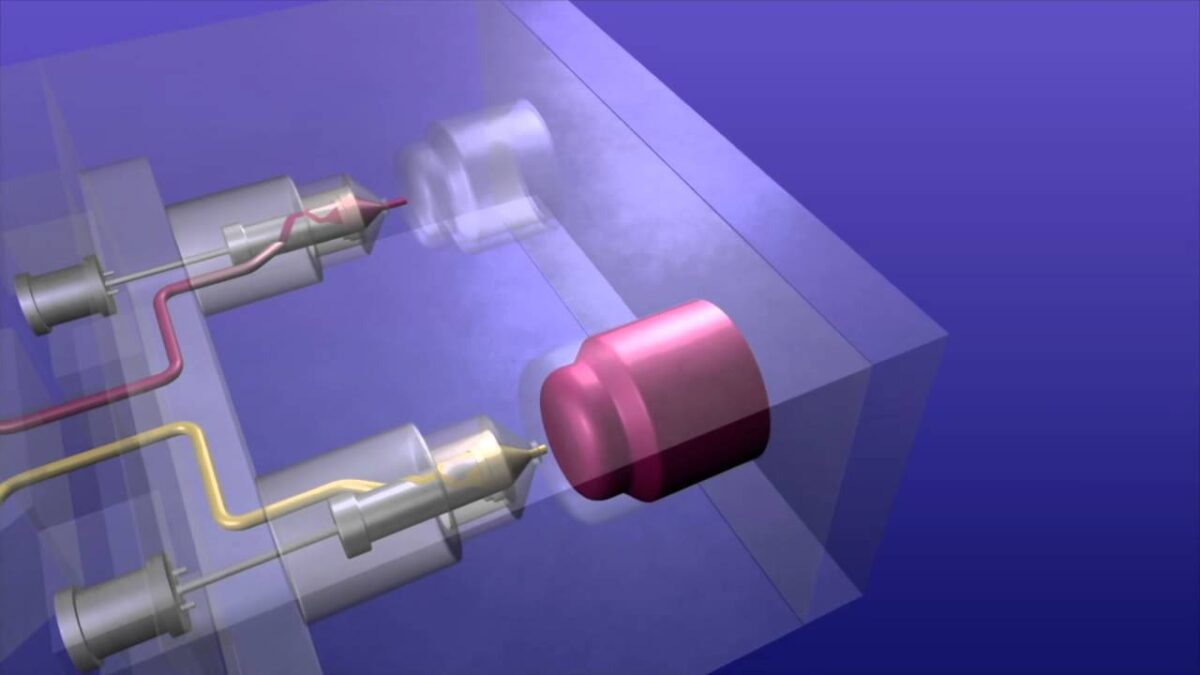Introduction
Our lives are filled with plastic products. Even things that are made up of other materials like metals also have plastic parts in them, like the handle of your bicycle. Have you ever wondered how these plastic pieces in the everyday things in our life are made? There are many different types of plastic products. Some are single-colored, some are dual-colored and others are multi-colored. Most of the dual-colored plastic pieces are made from a technique called the 2K mould technique.
To some people, it might seem a bit complicated, but in fact, it’s very simple. The 2K mould technique is also commonly known as the 2-shot injection molding process. As the name suggests, it is a process involving a mold and the plastic which is injected into the mold.
What is the 2K mould technique?
The 2K mould technique, also known as the 2K injection molding process, is a manufacturing process. The 2K mould manufacturing process is used to manufacture molded plastic products that are made up of two different materials combined together or two different colors of the same material combined together to form a single product.
The mold used for this process is the two-part mold, which means that the mold has two parts. The two materials, same or different, are chemically bonded when the two are merged together to form 1 single product.
The process of 2k mould technique
2k mould Injection molding process is one of the most primary molding methods for thermoplastic materials. The process usually includes the steps; plasticization, 1st injection, rotation, 2nd injection, cooling, and ejection.
The plastic materials or plastic pallets are introduced in the barrels where they are compressed with the help of the rotating screw that is inside the barrel.
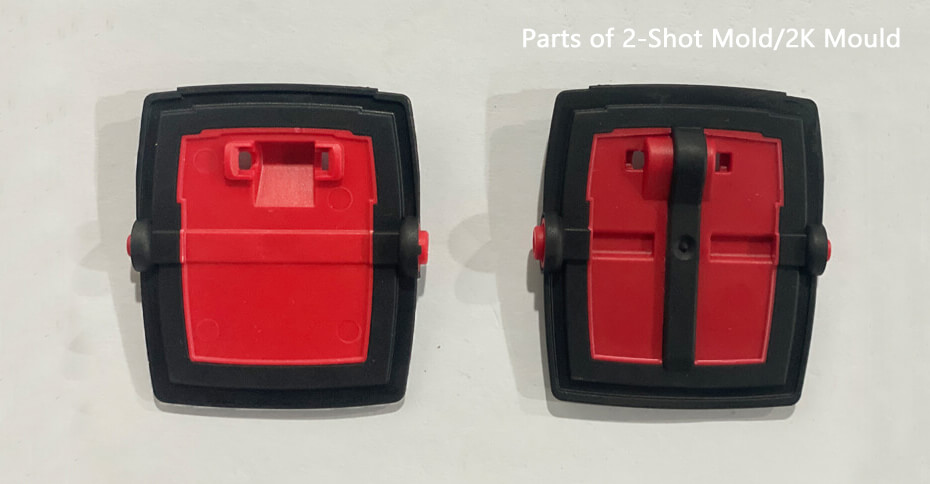
As this is a 2k molding process, there will be 2 types of plastic materials, which will be introduced in 2 different barrels. The heating bands wrapped around the rotating screw further help the rotating screw to warm up the plastic. As the plastic pallets are moved forward along the barrel by the rotating screw, they are gradually melted. The plastic is entirely melted when it reaches the frontal end of the Barrel.
When enough melted plastic is in front of the rotating screw end, the rotating screw moves forward, injecting the melted plastic into the mold cavity. When the melted plastic starts shrinking inside the mold due to cooling, the screw keeps injecting the molten plastic into the mold cavity continuously, for replenishment to ensure that a completed structured product is produced.
This is the first injection. The temperature controller introduces cooling water or oil into the mold, near the mold cavity to maintain the specified mold temperature to help solidify the molten plastic inside the mold. The molten plastic cools down and solidifies in less than a minute.
After it solidifies, the mold opens and the whole part of the mold with the solidified plastic rotates 180-degree. Then the mold closes again, and the second molted plastic is injected into the rotating mold. It then solidifies, the ejector rod moves the ejector pins forward and forces the molded solidified plastic out of the mold cavity.
The importance of the 2K mould technique
There are many benefits that come from the 2K mould technique, which makes the process important.
Best for making products of 2 different material/color
The 2K mould technique is a very useful technique. it is one of the most used processes to manufacture dual-colored plastic products. And not just dual-colored plastic products but also plastic products that consist of two different plastic materials.
For example, the bicycle handle has a harder plastic body but the place is where you put your finger has a softer plastic. Likewise, yeah toothbrush has a Harder plastic body but where you place your fingers is a softer plastic.
Versatile
The 2K mould technique is a very versatile process. We can use this process to produce multiple different types of products. we can use different molds to produce different products.
We can also use different types of plastic materials as well. This process is used in many different types of product manufacturing industries. There are so many products that have a 2K mould process.
Less time consuming
No secondary process is required in the manufacturing of the products. everything happens in the machine. the whole double injection process of 2k mould happens in the machine, in seconds or a minute the product is ready.
Attractive and precise appearance of the product
The 2K mold technique Is a very precise technique. The products produced from this technique are also more aesthetically good-looking.
This is a very efficient technique to combine two different types of plastics for example a harder (substrate part) and a softer plastic (over-molded part) together with precision. The two plastic pieces fit so perfectly together, it feels like they are meant for each other.
Extremely cost-effective
I’m not going to skip over the fact that the 2K mold technique is a very cost-effective process for producing bulk amounts of plastic products at a very reasonable price easily. This is a very great option as the only cost is the initial cost for the machine. Once you have the machine it’s very easy and cheap to produce huge masses of Plastic products with this.
Beautiful, multi-colored plastic products can be manufactured with the help of the 2k mold technique. There is no need for painting no extra secondary process is needed for completing the process of product manufacturing. It’s a very simple easy a quick process that manufacturers plastic products. the cost per piece is also very low. therefore, it is. An ideal process for manufacturing plastic products. many manufacturers preferred this process because of the amazing advantages it offers.

